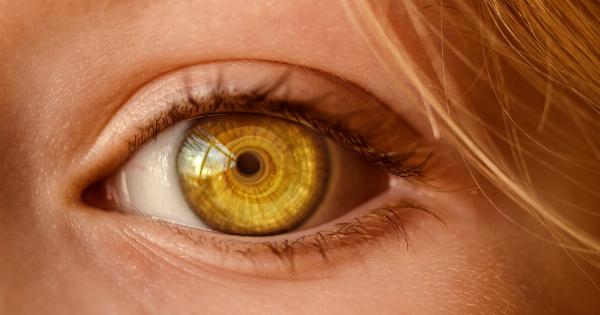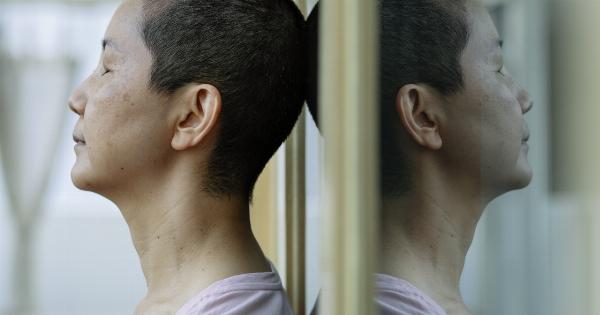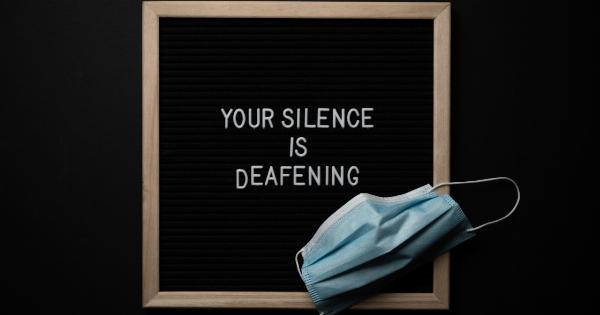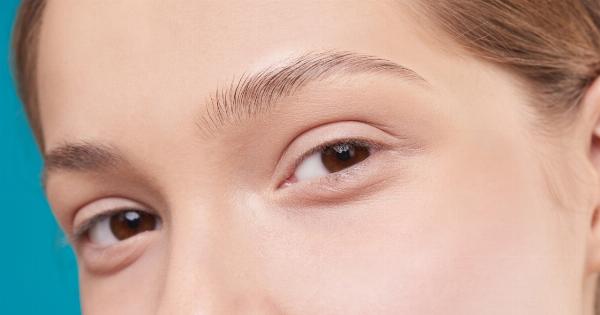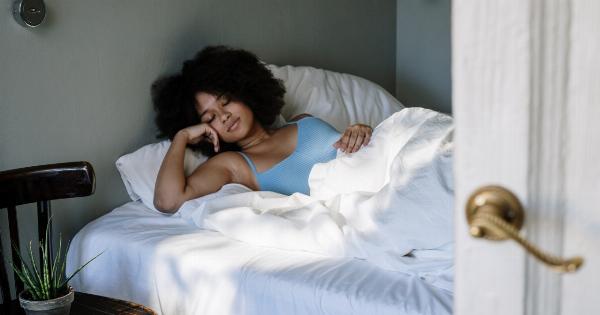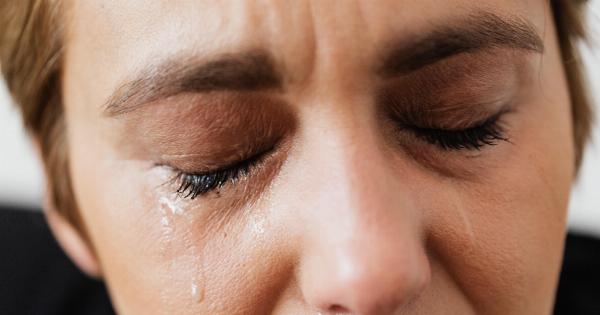Throughout history, the topic of women’s sexuality has been surrounded by misconceptions, stereotypes, and even taboos.
However, recent studies have shed light on women’s sexual desires, revealing that there may indeed be certain times when women experience stronger urges for sex. In this article, we will explore this fascinating phenomenon and discuss the factors that contribute to women’s heightened desire on specific days.
The Menstrual Cycle and Sexual Desire
One of the key factors that influence women’s sexual desire is their menstrual cycle. The menstrual cycle is a complex hormonal process that occurs roughly every 28 days and involves the shedding of the uterine lining.
During the menstrual cycle, women experience different hormonal fluctuations that can impact their mood, physical sensations, and sexual desire.
Specifically, the rise and fall of estrogen and testosterone levels throughout the cycle can play a significant role in women’s libido.
Research suggests that women tend to feel more sexually aroused and exhibit stronger desires for sex during the ovulation period.
Ovulation typically occurs around the 14th day of the menstrual cycle and is characterized by the release of an egg from the ovaries.
During ovulation, estrogen levels are at their highest, which may contribute to increased sexual desire.
Additionally, studies have found that women often experience a surge in testosterone levels during this phase, further heightening their sexual urges.
Psychological Factors and Sexual Desire
While hormonal fluctuations undoubtedly play a significant role in women’s sexual desire, psychological factors also come into play. A woman’s mental and emotional state can greatly influence her level of sexual arousal and desire.
For instance, feelings of happiness, relaxation, and overall well-being can enhance sexual desire in women. Conversely, high levels of stress, anxiety, or depression can dampen libido and reduce the desire for sexual activity.
It’s important to note that every woman is unique, and different psychological factors may come into play for individuals.
Factors such as body image, self-esteem, relationship satisfaction, and personal experiences all contribute to a woman’s sexual desire on any given day.
Social and Cultural Influences
Another critical aspect to consider when discussing women’s sexual desire is the influence of social and cultural factors.
Society’s attitudes towards female sexuality, gender roles, and sexual liberation can shape a woman’s perception of her own desires and influences her comfort level in expressing them.
Historically, women have been subjected to societal norms and expectations that may have suppressed their sexual desires.
However, with modern movements advocating for gender equality and sexual empowerment, women are increasingly encouraged to explore and embrace their sexuality.
This societal shift, combined with the ability to openly discuss and educate about sexual health, has allowed women to feel more comfortable acknowledging and expressing their sexual desires.
As a result, many women are now more aware of their own desires and have a stronger desire for sex, regardless of societal taboos or expectations.
Communication and Consent
Lastly, it is crucial to emphasize the importance of open communication and consent in any sexual relationship. Regardless of the day or the strength of a woman’s sexual desire, consent from all parties involved is vital.
Creating a safe, trusting, and respectful environment allows individuals to freely express their desires without fear of judgment or coercion.
Healthy communication and consent foster a mutually satisfying sexual experience, ensuring the desires and boundaries of all parties are respected.
Conclusion
Today, women are gradually breaking free from centuries-old stigmas and societal constraints surrounding their sexuality.
As more research is conducted and more conversations are had about women’s sexual desire, we are gaining a deeper understanding of the complexity and uniqueness of female sexuality.
While it is true that certain days or phases of the menstrual cycle may coincide with a stronger desire for sex in women, it is essential not to generalize or make assumptions.
Every woman is different, and her desires are influenced by a combination of factors, including hormonal fluctuations, psychological state, social influences, and communication within intimate relationships.







